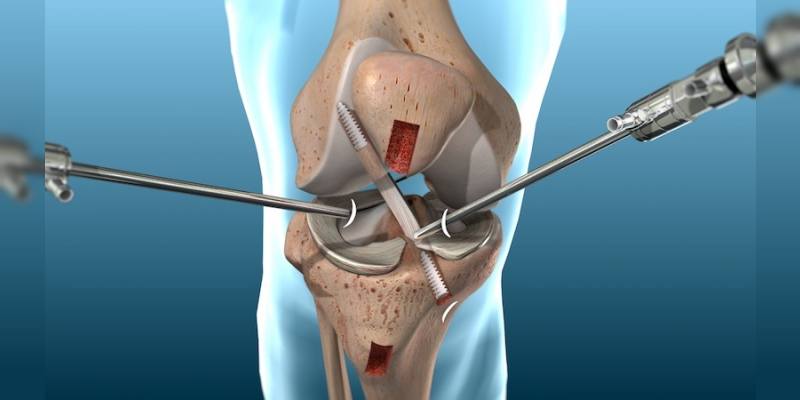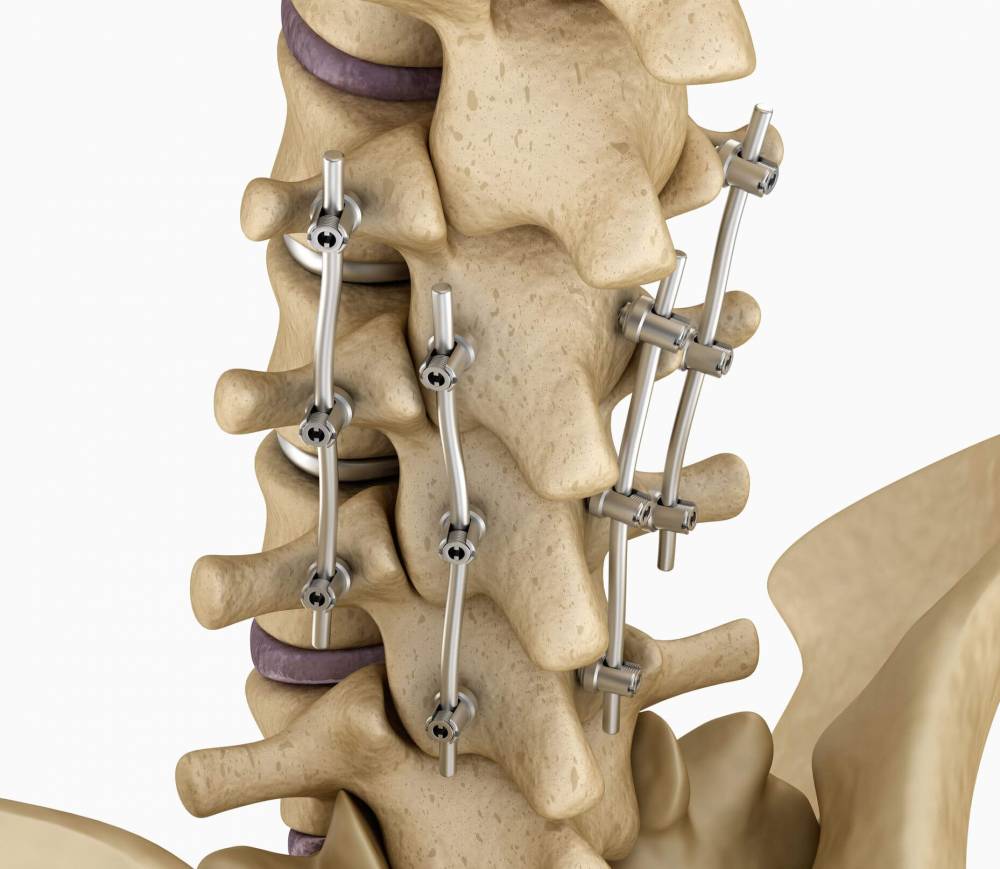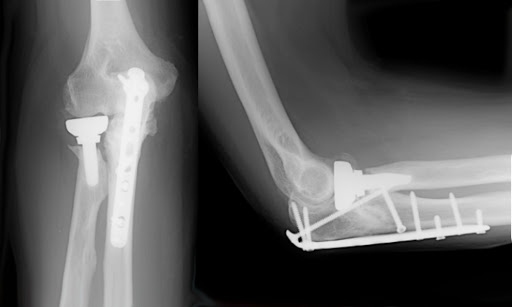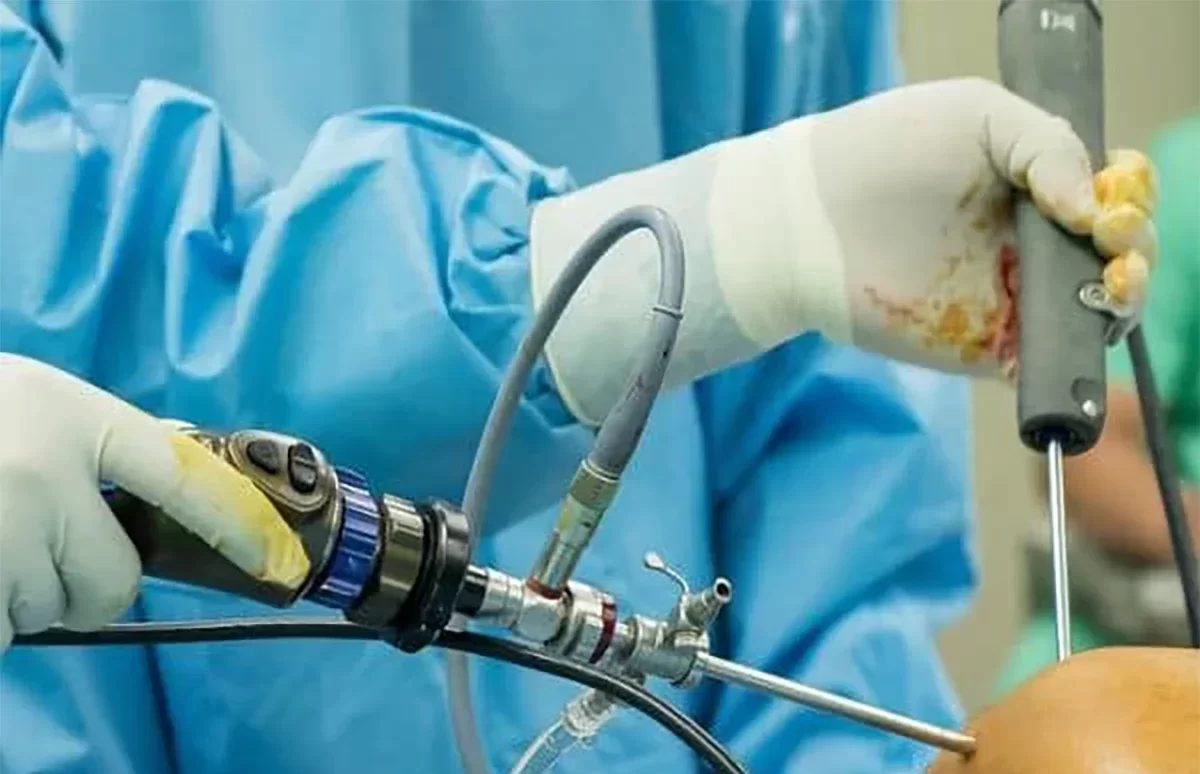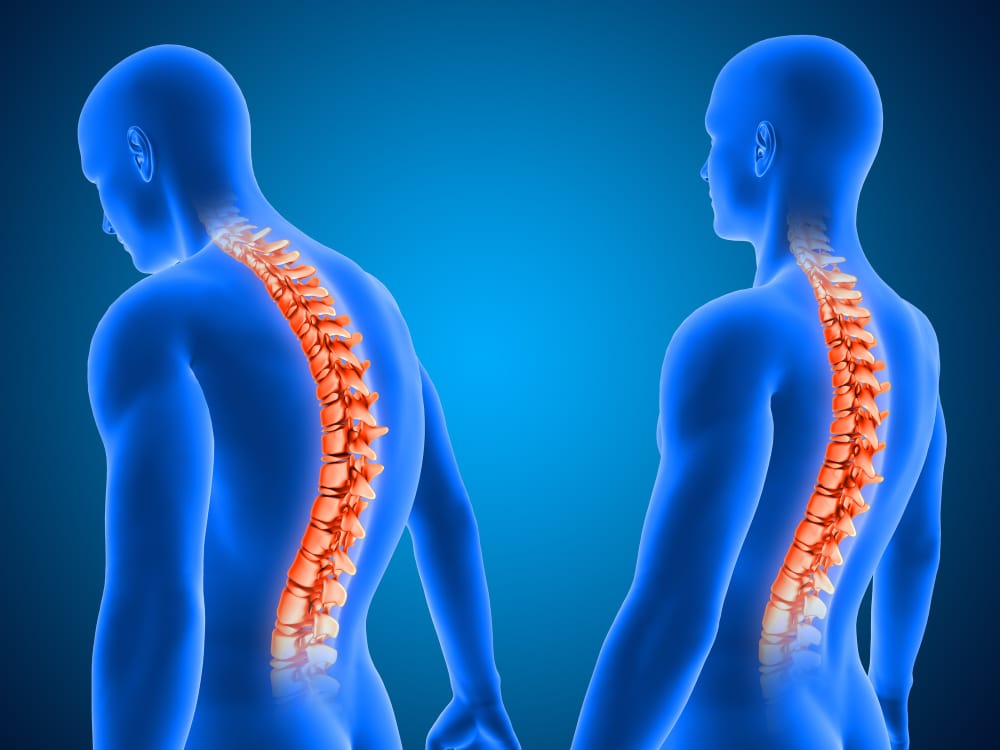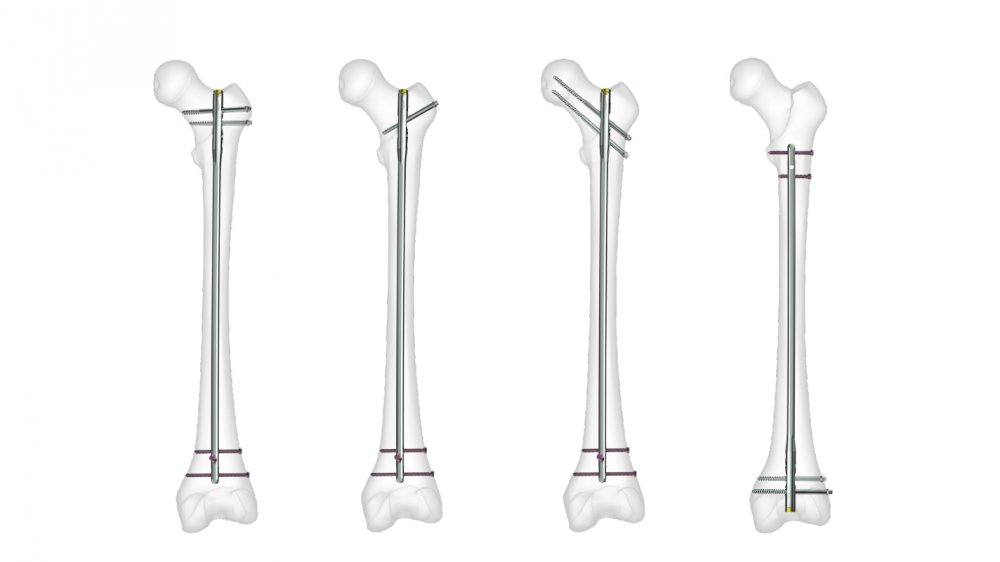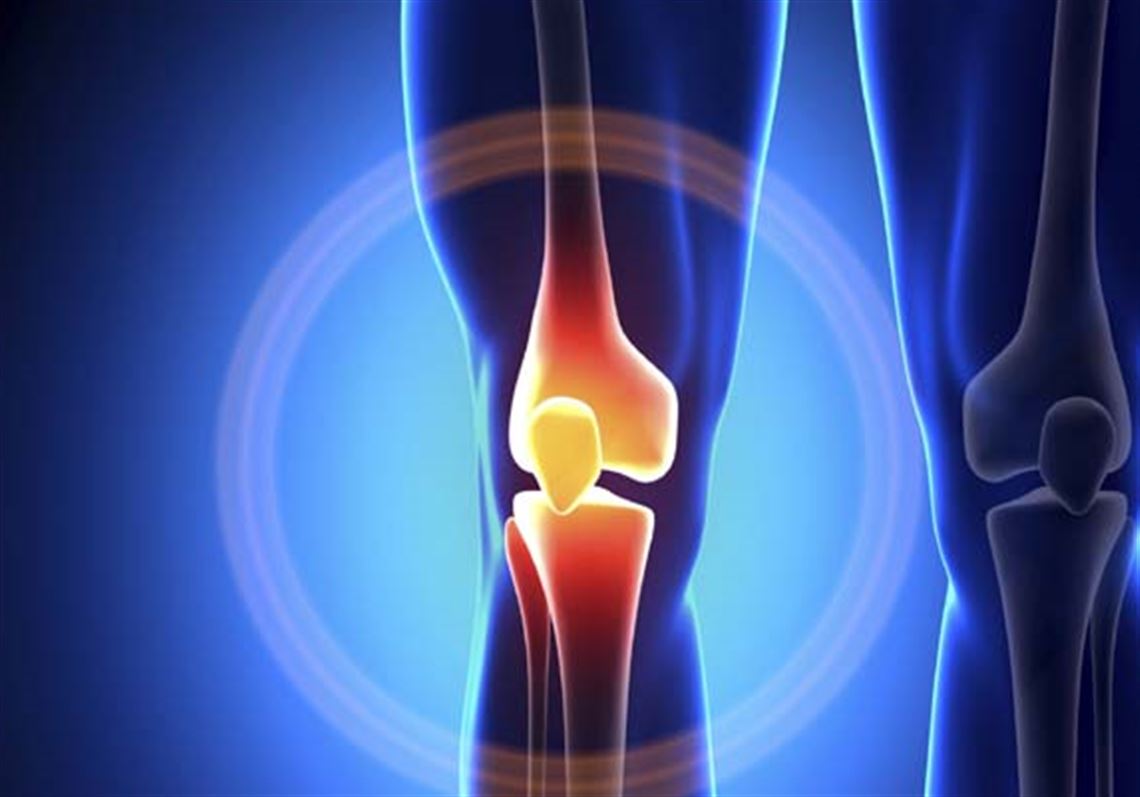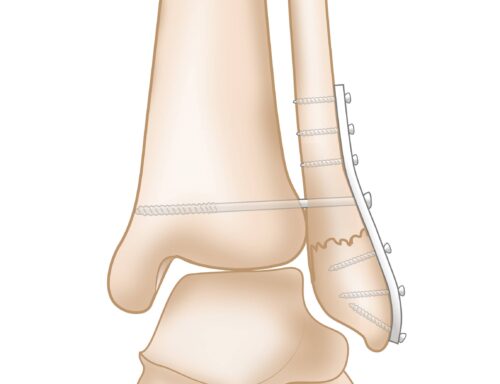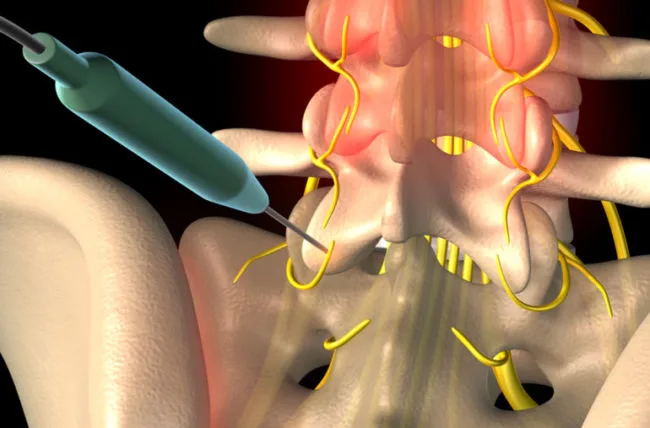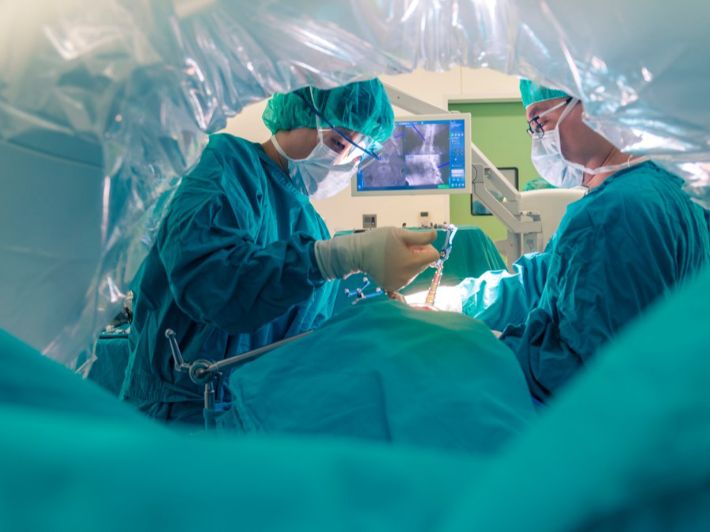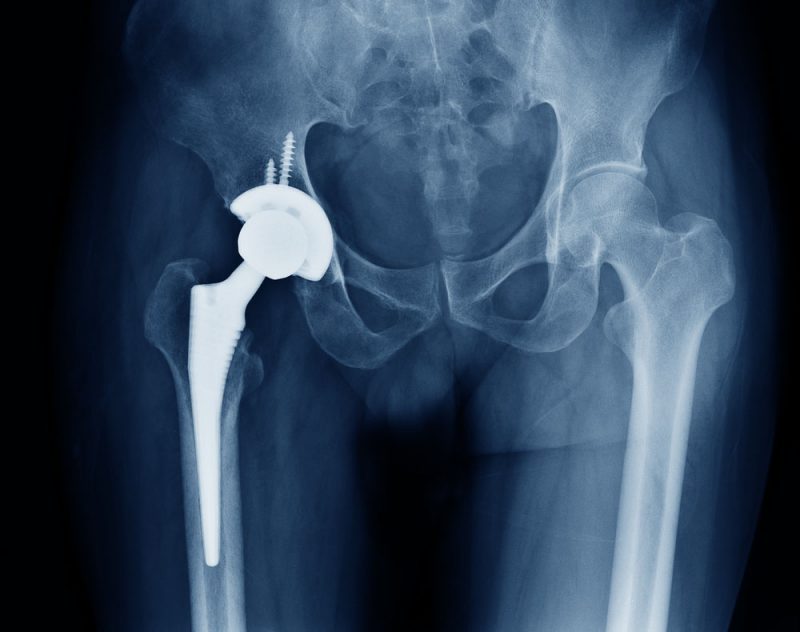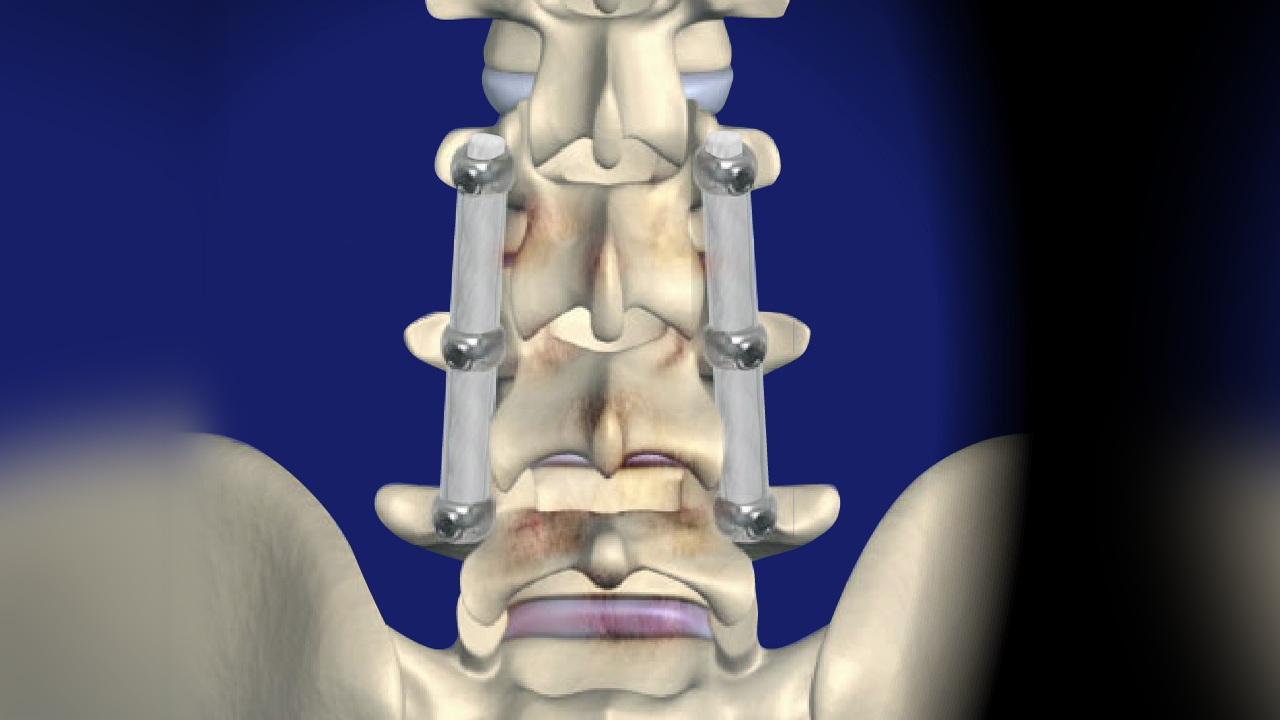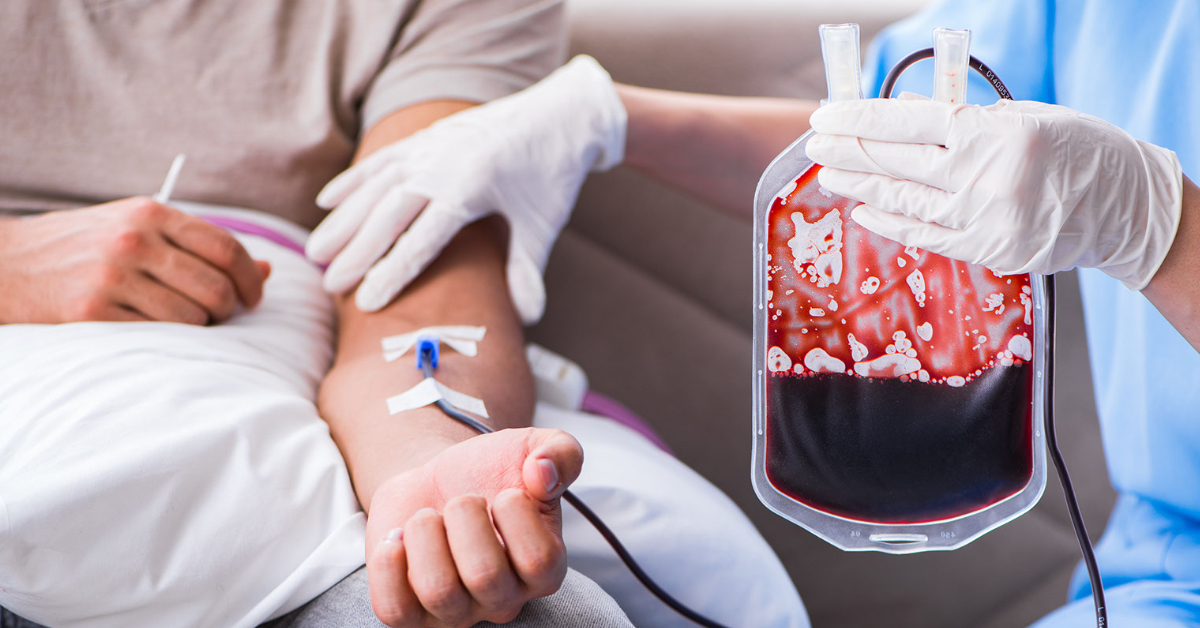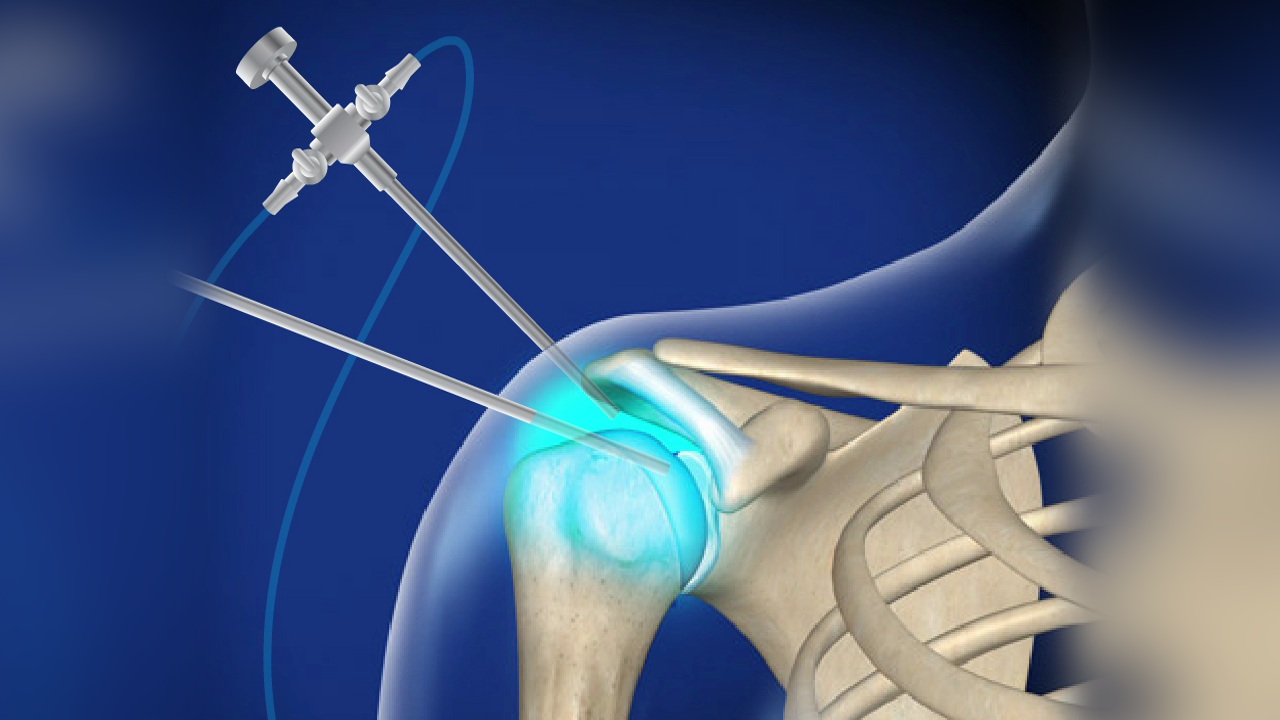Bone Marrow Transplantation for Children
Bone marrow transplantation for children is one of the procedures that fall under the orthopedics department. Through this procedure, more than one medical condition affecting children can be treated. In the following article, we provide you with numerous details to enhance your knowledge about bone marrow transplantation for children, in terms of the reasons for undergoing the procedure, the types of bone marrow transplants performed on children, and the risks resulting from the procedure. So, follow us to receive all updates.

Bone Marrow Transplantation for Children
“We offer you comfort and permanent relief from the pain your child is suffering through advanced bone marrow transplantation at Dr. Amr Amal’s clinics.”
Bone marrow transplantation, also known as stem cell transplantation, is a medical procedure that helps improve the condition of the patient, who can potentially improve over time. Bone marrow transplantation in children and adolescents treats certain diseases, including cancer, specific types of blood disorders, and more.
The idea behind bone marrow transplantation is to transfer stem cells from another person or from the donor themselves to replace the damaged bone marrow cells. Consequently, this begins the production of a sufficient amount of blood, treating the patient and leaving the child in a better condition than before.
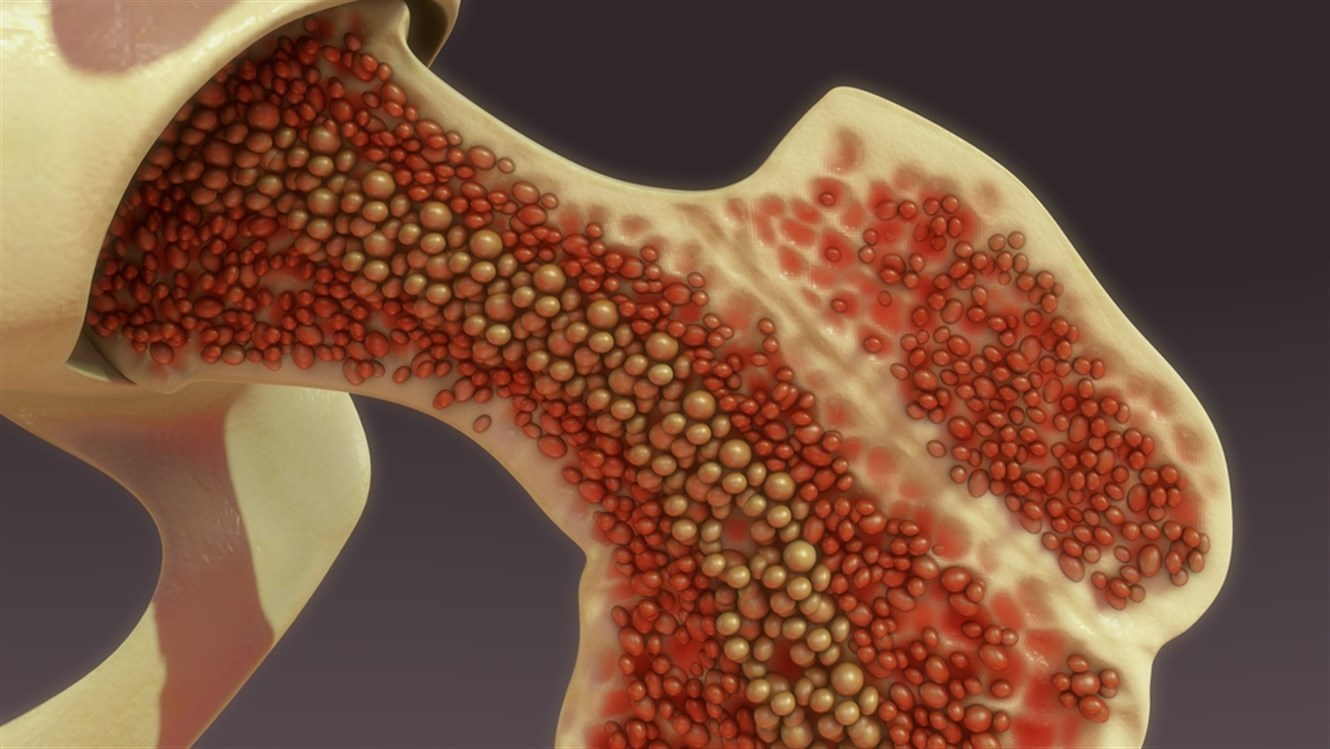
Are there types of bone marrow transplantation for children?
Indeed, there are several types of bone marrow transplantation for children. The marrow is essentially a substance found in the bone, from which cells are made. The types of bone marrow transplantation in children can be identified, and they are divided into three forms:
- Autologous Bone Marrow Transplantation: In this type of transplantation, stem cells are extracted from the patient themselves, refined, and then replanted in the patient’s body, thereby restoring blood production to its normal rates.
- Allogeneic Bone Marrow Transplantation: In this type of medical procedure, the donor is someone other than the child, often one of the parents, so that the match rate in stem cells is very high. This gives a higher possibility for faster recovery and the body’s acceptance of the transplant without complications.
- Cord Blood Stem Cell Transplantation: Due to the significant scientific advancements in the field of bone marrow transplantation, it is possible to identify the likelihood of a child contracting a certain disease before birth. The doctor can use the umbilical cord, extract the marrow from it, and perform a bone marrow transplant using these stem cells, which is one of the most effective methods.
Indications for Bone Marrow Transplantation in Children
“Trust in the experience and expertise of Dr. Amr Amal in bone marrow transplantation and regain your life with full energy and health.”
There are several reasons why a bone marrow transplant for children becomes a necessary procedure to improve the patient’s condition. The most common reasons for bone marrow transplantation in children include:
- The child needs a bone marrow transplant if they are suffering from Hurler syndrome.
- Being affected by certain types of cancer such as leukemia and sickle cell anemia.
- Children who have undergone chemotherapy might need a bone marrow transplant and replacement to treat various diseases, including neuroblastoma.
- Being affected by immune deficiency or kidney cancer, and also in cases of brain tumors.

Bone Marrow Transplantation for Children
Bone marrow transplantation for children is not a surgery in the traditional sense, but rather a procedure similar to blood transfusion, which takes place inside the patient’s room in the hospital using a special device. This device is used to gradually introduce stem cells into the child’s body.
Bone marrow transplant sessions can last several weeks and may extend up to 18 months in some cases, depending on the patient, the extent of the damage to the bone marrow, and the source of the stem cells themselves. The stem cells are gradually injected intravenously until they reach their primary location in the body more quickly.
A session can take about 30 minutes to several hours, and therefore, the patient needs time to fully recover. The session must be under full medical supervision, as monitoring the patient during the procedure is important to avoid any potential complications.
Preparing the Child Before Bone Marrow Transplantation
Before a child undergoes a stem cell transplant for bone marrow, a comprehensive assessment of the child is conducted, along with many necessary tests before the transplant. These tests aim to evaluate the child’s overall health to ensure they are fully prepared to undergo the procedure. In order for the doctor to make a definitive decision regarding the bone marrow transplant, several factors must be considered, including:
- The opinion and full consent of the child’s parents.
- The severity of the disease.
- Availability of a matching donor.
- The child’s age, health condition, and medical history.
- The expected course of the disease and the success rate of the stem cell transplant.
Generally, after deciding to proceed with the procedure, stem cells are taken from the matching donor, and the patient receives a treatment plan to prepare the child’s body for the bone marrow transplant. Afterward, the bone marrow transplantation procedure takes place, followed by the recovery phase.
To facilitate the preparations for the procedure, a radiologist or surgeon places a central venous catheter by inserting a long tube into one of the child’s large veins in the chest or neck 10 days before the procedure. This central catheter must remain in place throughout the child’s treatment. The bone marrow transplant team then uses this catheter to transplant the new stem cells, administer blood products, and provide specific medications for the procedure.
Post Bone Marrow Transplant
The recovery phase after bone marrow transplantation for children occurs in several stages:
First Recovery Phase: This is the phase immediately following the bone marrow transplant, where the child stays in the hospital, typically ranging from 3 to 8 weeks, during which the patient is regularly monitored.
Second Recovery Phase: After the first recovery phase, the patient may leave the hospital but must remain in regular contact with their medical team until full recovery is achieved.
Third Recovery Phase: This is the final recovery stage, where the child can return to normal life. It is important to protect the patient from colds and flu, and there should be regular follow-ups with the doctor, though these may be spaced further apart.
What is the success rate of bone marrow transplant operations?
The success rate of bone marrow transplants for children is high, with recovery rates reaching up to 90%. This is due to the extensive medical progress that has occurred in this field. The success rate is further increased by choosing a doctor with high experience in pediatric bone marrow transplants, such as Dr. Amr Amal, who has extensive experience in this type of children’s operations.
The success rate of bone marrow transplant operations is about 70%, which is a significant percentage that can increase if the patient is young. The bone marrow can also be referred to as autologous marrow, which involves taking the marrow cells from the patient themselves, refining them, and reinserting them into the patient’s body.
What will happen to my child after undergoing a stem cell bone marrow transplant?
It is well known that bone marrow transplantation is a harsh and not an easy experience for a child, requiring them to stay in the hospital for a month or more. The stem cell grafting process occurs when the transplanted cells reach the bone marrow and start producing new blood cells. Engraftment typically occurs between 15 to 30 days approximately after the bone marrow transplant, depending on several different factors including the type and severity of the disease, and the type of transplant.

What are the risks of bone marrow transplantation?
Some children may be exposed to risks of bone marrow transplantation, including:
- Inflammation or infection in the body.
- Breathing problems.
- Accumulation of fluids inside the body.
- Non-responsiveness to the current stem cells.
- Feeling nauseous and a desire to vomit.
- Consistent diarrhea.
Can the disease return after a bone marrow transplant?
“Receive individual and personalized care for bone marrow transplantation with Dr. Amr Amal and his specialized team to achieve the best results.”
The success rate in bone marrow transplants for children reaches about 90%, and patients start to recover and return to their lives after the operation. However, follow-up during this period is one of the essential steps that contribute to better improvement of the patient’s condition. Nevertheless, there is a percentage ranging from 10% to 15% of cases where the disease can return to the child. If you want to learn more information regarding bone marrow transplantation and patient recovery afterwards, we recommend this article.
Symptoms of Bone Marrow Transplant Failure
It is possible to identify the success or failure of a bone marrow transplant through the symptoms that appear on the patient, which include:
- Persistent feeling of fatigue.
- Appearance of bruises on the body.
- Onset of nosebleeds.
- Occurrence of short stature.
- Paleness of the skin.
- Liver and lung diseases.
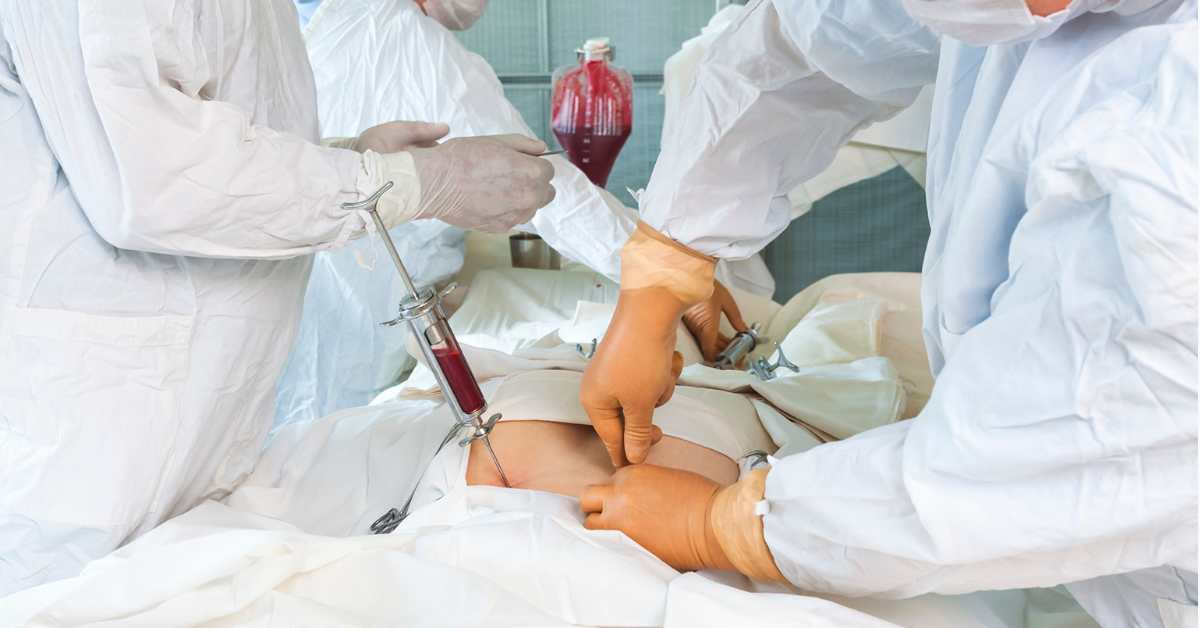
How much does a bone marrow transplant for children cost in Egypt?
The cost of a bone marrow transplant for children in Egypt varies depending on the type of bone marrow operation performed by the patient. There are many arrangements made before the operation, all of which have a certain cost that can be determined with the medical team. The cost of a bone marrow transplant for children in Egypt ranges from 250,000 to 350,000 Egyptian pounds.
Dr. Amr Amal’s clinic offers you complete care from the first moment you are in the place. Contact us to find out more details about the cost of a bone marrow transplant for children.
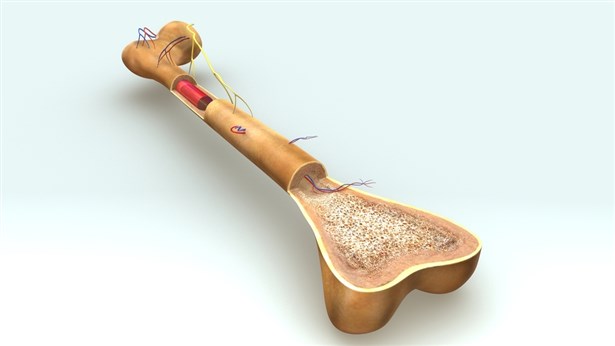
Why choose Dr. Amr Amal for your child’s bone marrow transplant?
Experience and care are the foundations on which Dr. Amr Amal operates, and he is one of the best surgeons in the field of orthopedics. He has many years of experience, which he offers to you. Schedule an appointment now with Dr. Amr Amal, the renowned orthopedic expert, and benefit from his extensive experience in bone marrow transplantation. Dr. Amr Amal is one of the best specialists in bone marrow transplantation for children, enjoying an excellent reputation in this field thanks to his high expertise and outstanding skills.
Dr. Amr is trusted and professional in performing successful bone marrow transplants for children, using the latest medical technologies and tools to ensure the best results for his patients. He also has the best medical equipment in his private clinic to ensure a safe and comfortable environment for children during surgery.
Dr. Amr deals with his patients with great kindness and respect, providing them with the necessary psychological support during the recovery period. In addition, Dr. Amr is distinguished by his ability to effectively communicate with children, calming them and alleviating their feelings of fear and anxiety before and during surgery. Choosing Dr. Amr Amal is an important step towards providing outstanding and appropriate medical care for children in need of a bone marrow transplant.

Bone Marrow Transplant Alternatives for Children
Bone marrow transplantation is not the only way to treat certain diseases such as cancers, immune diseases, and blood disorders. There are alternative methods that the doctor may resort to depending on the child’s condition. The doctors may resort to a low-intensity treatment program that temporarily suppresses the immune system while treating the disease without causing serious complications for the patient.
Recovery goes through several stages. Initially, the child is placed under strict medical supervision after the bone marrow transplant. Gradually, they move to the remote follow-up stage, where the doctor sets a regular program for medical examination over the coming months and years.


